Previously, we discussed the importance of proper spindle installation. In particular, we reviewed important basic steps — pre-installation inspection, mounting, lubrication hookup, post-installation inspection, and start up/run in.
But there are two steps that we left out of that blog. Not because they’re important, but because they’re the most important. Those steps are balance correction and vibration baselining.
Balance Correction
 Spindles are super-precision components with incredibly precise operating parameters. Testing the balance of a spindle is a good way to help ensure a new spindle is installed and will perform correctly.
Spindles are super-precision components with incredibly precise operating parameters. Testing the balance of a spindle is a good way to help ensure a new spindle is installed and will perform correctly.
While spindles are shipped from manufacturers and repair facilities already carefully balanced, that balance can easily be thrown off by rough handling during shipment or, more commonly, the installation of mounting accessories. Every different mounting accessory you include during a spindle installation will have an impact on the standard balance.
For that reason, you should check the balance of a newly installed spindle as soon as it is properly warmed up. Use a solution such as BalancePro. We developed BalancePro years ago as an iOS app for testing the balance of both one- and two-plane rotating machinery, like spindles. It’s a powerful tool for not only helping you to balance spindles, but for collecting and storing data for a variety of metrics (popover, amplitude, polar plot, and more).
Vibration Baselining
 After your spindle is in balance, the next step is to gather baseline vibration measurements. Vibration measurements are less common but arguably as important, if not more so, as balance correction.
After your spindle is in balance, the next step is to gather baseline vibration measurements. Vibration measurements are less common but arguably as important, if not more so, as balance correction.
As high-velocity instruments, spindles vibrate as a natural part of operation. If you get measurements of your spindle’s standard vibrations immediately after installation, when it’s at its cleanest and most perfectly balanced, you have incredibly valuable baseline numbers to measure future data against.
As you continue to run your CNC and spindle in daily operations, you can take vibration measurements and compare them to your baselines. High-quality vibration measurement equipment can detect minuscule changes in vibration that an unaided human operator could never notice.
This gives you astounding insight into the inner workings of your spindles, providing warnings about developing issues long before they become catastrophic failures. You can save tremendous amounts of money in unexpected repair or replacement costs, all thanks to getting a vibration baseline measurement during installation.
Be sure to use a field-proven solution, such as our VibePro, to collect and record accurate vibration measurements. VibePro is an expansive turnkey spindle monitoring system consisting of discreet three-axis omnidirectional vibration sensors and an expansive iOS app for collecting, storing, analyzing, and sharing vibration data.
Conclusion
While all the steps of a spindle installation are important, balance correction and vibration baselining stand out as particularly so. All of the care you take during mounting is for nothing if you don’t ensure that your spindle is properly balanced at the end. And you’ll be operating virtually in the dark, in regards to your spindle’s health, without baseline vibration measurements.
In short, it’s imperative that you carefully follow all of the steps while installing your spindles — otherwise, you’ll be in for a world of hurt somewhere along the line.
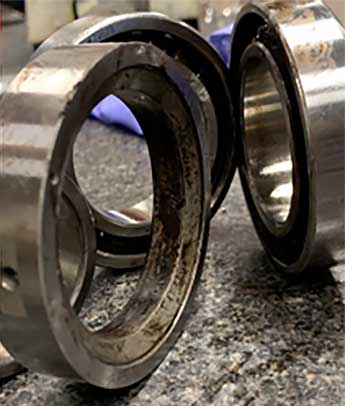

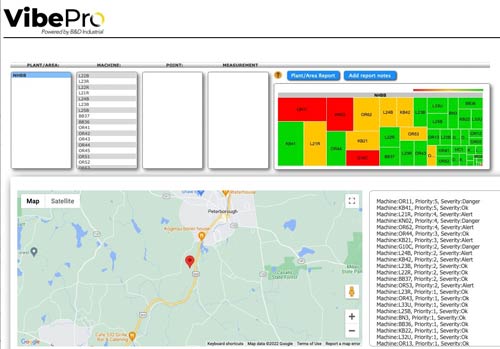 Luckily, there is a relatively simple way to get both your production and maintenance teams on the same page, working together to keep production up while simultaneously saving repair and maintenance cost. It’s predictive analysis, paired with cloud-based reporting.
Luckily, there is a relatively simple way to get both your production and maintenance teams on the same page, working together to keep production up while simultaneously saving repair and maintenance cost. It’s predictive analysis, paired with cloud-based reporting.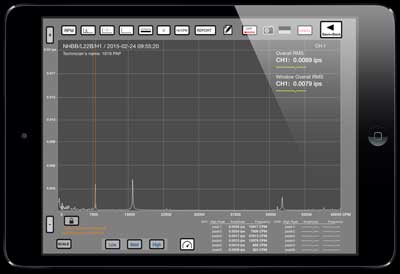 We’ve discussed unbalance before, and we will do it again in the future. This is because it is one of the biggest causes of issues in spindles, and one of the major reasons why our customers end up pulling spindles from the production line. Remember, it’s imbalance that induces impact, and slowly destroys the bearing over time. We still often see that many manufacturers will still ignore the early signs and run their spindles to failure, which is certainly not the most economical approach long term.
We’ve discussed unbalance before, and we will do it again in the future. This is because it is one of the biggest causes of issues in spindles, and one of the major reasons why our customers end up pulling spindles from the production line. Remember, it’s imbalance that induces impact, and slowly destroys the bearing over time. We still often see that many manufacturers will still ignore the early signs and run their spindles to failure, which is certainly not the most economical approach long term.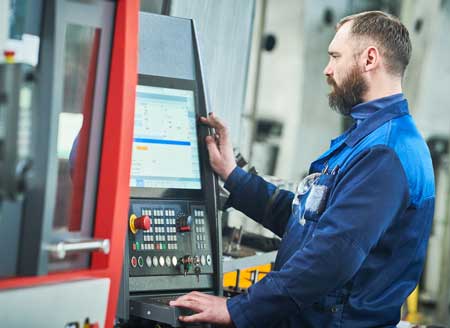 Unplanned downtime. It’s practically a boogeyman in industrial circles, and rightly so — every minute that your floor isn’t producing, it’s costing you money.
Unplanned downtime. It’s practically a boogeyman in industrial circles, and rightly so — every minute that your floor isn’t producing, it’s costing you money. For manufacturers, the up-time and utilization of their CNC Machines is one of the most important performance indicators and has a huge impact on productivity and profits. Spindles are a critical component of a CNC machine and any issue that arises with this critical piece has the potential to seriously impact the speed at which the machine can complete jobs, or worse can bring the shop floor to a halt.
For manufacturers, the up-time and utilization of their CNC Machines is one of the most important performance indicators and has a huge impact on productivity and profits. Spindles are a critical component of a CNC machine and any issue that arises with this critical piece has the potential to seriously impact the speed at which the machine can complete jobs, or worse can bring the shop floor to a halt.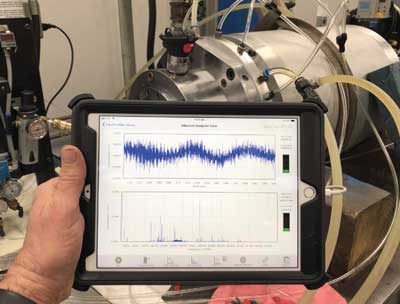
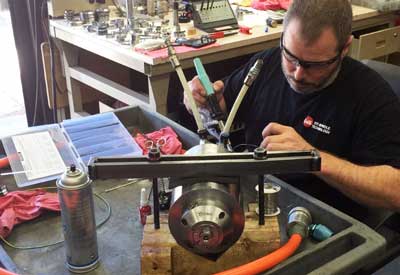 Computer numerical control (CNC) machines are
Computer numerical control (CNC) machines are  For years many maintenance technicians would wait until a spindle seized completely before taking action, and some would only find out a spindle is failing when the QA department decided to scrap the previous production run due to manufacturing defects. This kind of reactive maintenance approach can cost valuable time and
For years many maintenance technicians would wait until a spindle seized completely before taking action, and some would only find out a spindle is failing when the QA department decided to scrap the previous production run due to manufacturing defects. This kind of reactive maintenance approach can cost valuable time and 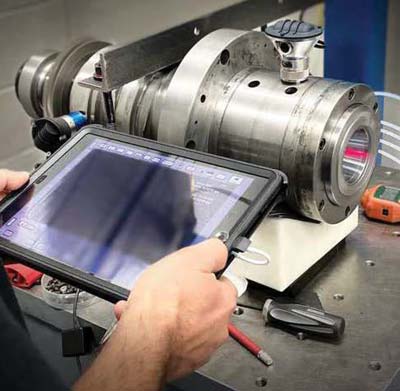 GTI Spindle, partnered with GTI Predictive, has access to predictive maintenance data through IoT devices that can provide more accurate insight into the spindle life-cycle. This valuable information can serve as a better guideline for routine maintenance than OEM recommendations. Spindle repair technicians can even go the extra step to get your company on the right track to building a
GTI Spindle, partnered with GTI Predictive, has access to predictive maintenance data through IoT devices that can provide more accurate insight into the spindle life-cycle. This valuable information can serve as a better guideline for routine maintenance than OEM recommendations. Spindle repair technicians can even go the extra step to get your company on the right track to building a